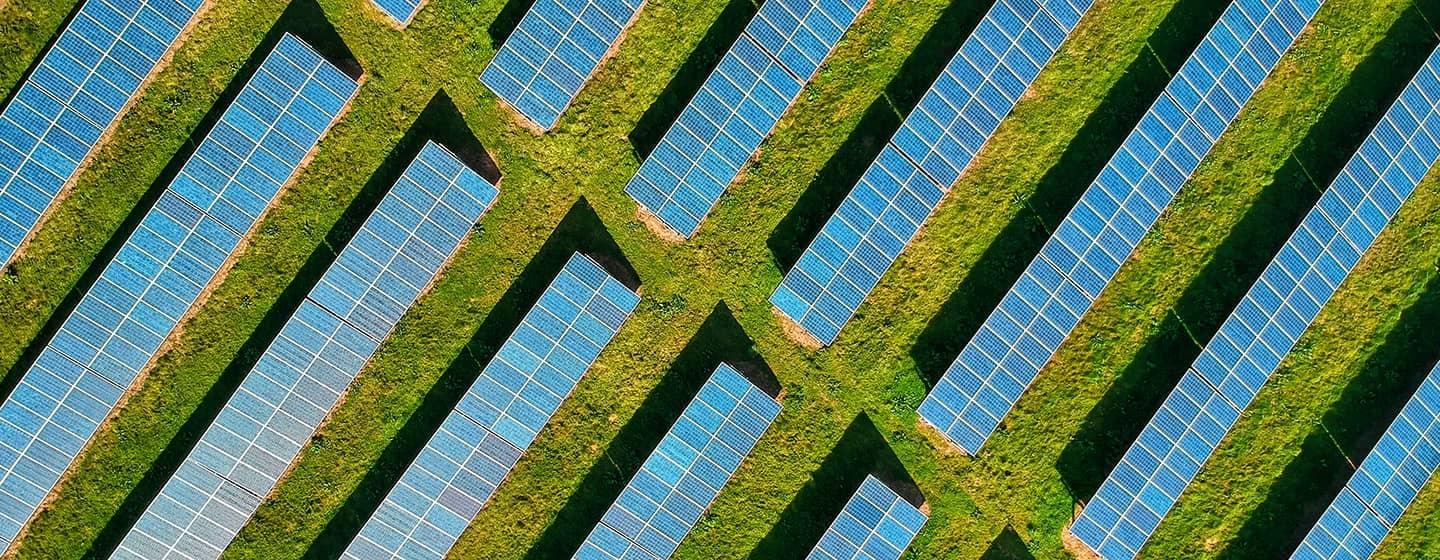Making Solar Farms Wildlife Friendly


The sun is not setting on North Carolina’s solar power industry.
According to a report by the Environment America Research & Policy Center and Frontier Group, North Carolina ranked fourth in the nation for the growth of solar generation between 2012 and 2021.
By 2021, the report found the state’s 703 solar farms producing 10,373 gigawatt hours (GWh). That’s enough to power more than 968,000 homes for one year.
That generating capacity takes up a lot of land. A report from the NC Sustainable Energy Association shows those solar farms occupy 38,081 total acres of land. Of that total, 31,125 acres are considered agricultural land, defined as cultivated cropland, evergreen forest or pasture.
There’s just one problem.
Utility-scale solar facilities must comply with national electric and fire protection codes, which require fencing that is at least seven feet high. The top foot of those fences is often topped with barbed wire.
However, blocking off 20–35 acres of land in the middle of an ecosystem—especially forest habitat—is a barrier to wildlife.
The question is, how can the large and still growing solar industry coexist with wildlife?
“We want to help advance the clean energy economy in a way that has as little impact on wildlife as possible,” said Liz Kalies, director of science with The Nature Conservancy of North Carolina, told CoastalReview.org. “We … hope that through our monitoring we can provide evidence that these practices really do work. We think this can serve as a great example for other solar developers who also want to maximize benefits to wildlife.”
The Nature Conservancy, North Carolina Pollinator Conservation Alliance, the NC Wildlife Resources Commission and the U.S. Fish and Wildlife Service collaborated to draw up best management practices for the growing solar industry.
Their guidelines:
The groups tested some of those practices on two sites operated by Charlotte-based Pine Gate Renewables. Wildlife-friendly fencing (fencing with holes that allow small animals to pass through) was installed at Page Solar, a 15-acre site in Johnston County, and at Moore Solar, a 12-acre site in Moore County.
The sites were chosen because they are close to a sizable forest area, where a higher diversity of species and their habitat are located close to solar farms, compared to sites near farmlands or other development.
The Nature Conservancy then installed motion-sensitive cameras to see what happened. The camera traps captured hundreds of images of animals interacting with the new boundaries. The numbers increased as animals “learned” where the openings are. More solar farm developers are inquiring about wildlife-friendly fencing.
“We’re going to be putting in more and more solar farms, and at some point, that amount of habitat removal and that amount of habitat loss is going to matter,” added Kalies. “We don’t know what that number is, but we need to prepare for it and mitigate against it, and I think this can serve as a great example for other solar developers who want to maximize benefits to wildlife.”
“We are constantly exploring opportunities to further support the surrounding environment to our sites,” said Claudia Weeks, Pine Gate’s site operations manager. “And we believe that wildlife permeable fencing will be a valuable tool in this effort.”